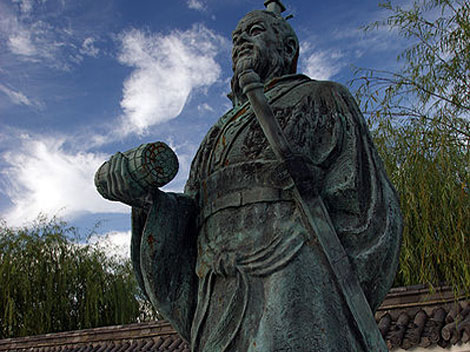Learning to Play at the Net
 Saturday, October 15, 2011 at 03:27PM
Saturday, October 15, 2011 at 03:27PM  CAtennis
CAtennis 
CAtennis is a passionate discussion for serious tennis players, parents and coaches looking for something different. No talk about technique, no talk about useless theory, no gimmicks; just practical advice from first-hand experience on how to improve your tennis. Kick back, drink the content, bounce ideas, and pitch articles (or friend us on Facebook).
Unless otherwise noted, all articles are authored by the founders of CAtennis. Enjoy!
 Saturday, October 15, 2011 at 03:27PM
Saturday, October 15, 2011 at 03:27PM  CAtennis
CAtennis 
 Saturday, October 15, 2011 at 03:26PM
Saturday, October 15, 2011 at 03:26PM  CAtennis
CAtennis 
 Saturday, October 15, 2011 at 03:25PM
Saturday, October 15, 2011 at 03:25PM  CAtennis
CAtennis
 Saturday, October 15, 2011 at 03:24PM
Saturday, October 15, 2011 at 03:24PM  CAtennis
CAtennis Although girls seem to be a bit more open-minded when it comes to practicing with players of the opposite sex (or, perhaps, they prefer to not practice with their "frenemies"), boys are often loath to practice against girls. They don't see the benefit of playing against someone who might not have the same amount of power or spin as them. However, that's exactly what makes good and serious women players such good practice partners. Because they may lack power, women are often steadier than men. The use the steadiness to push the opponent around the court and to put their opponent off balance. In addition to doing "steadiness" drills (like cross-courts), boys can practice playing points against girls where the object is not to blast winners but to work the opponent around the court. Both players will benefit from this practice.
In addition, girls often (BUT DEFINITELY NOT ALWAYS) use less pace than boys. Perhaps due to wrist/forearm strength or other factors, girls generally hit the ball flatter than boys. For this reason, it us useful to practice against girls because a flatter shot takes less time to cross the net (i.e., due to lesser arc) than a heavy topspin. In addition, a flatter shot often skids and lands deeper into the court (forcing the player to move to the ball and prepare quickly). A lot of times, playing against a girl is like playing on a very fast court where you have less time to prepare.
Furthermore, although their serves may be weaker, girls are usually better returners (since their game revolves a lot more around breaking than holding serve). Therefore, boys can practice playing points against girls where the boy either doesn't go for his first serve or gets only one serve to begin with. This should make for a competitive practice for both players.
 Saturday, October 15, 2011 at 03:22PM
Saturday, October 15, 2011 at 03:22PM  CAtennis
CAtennis
